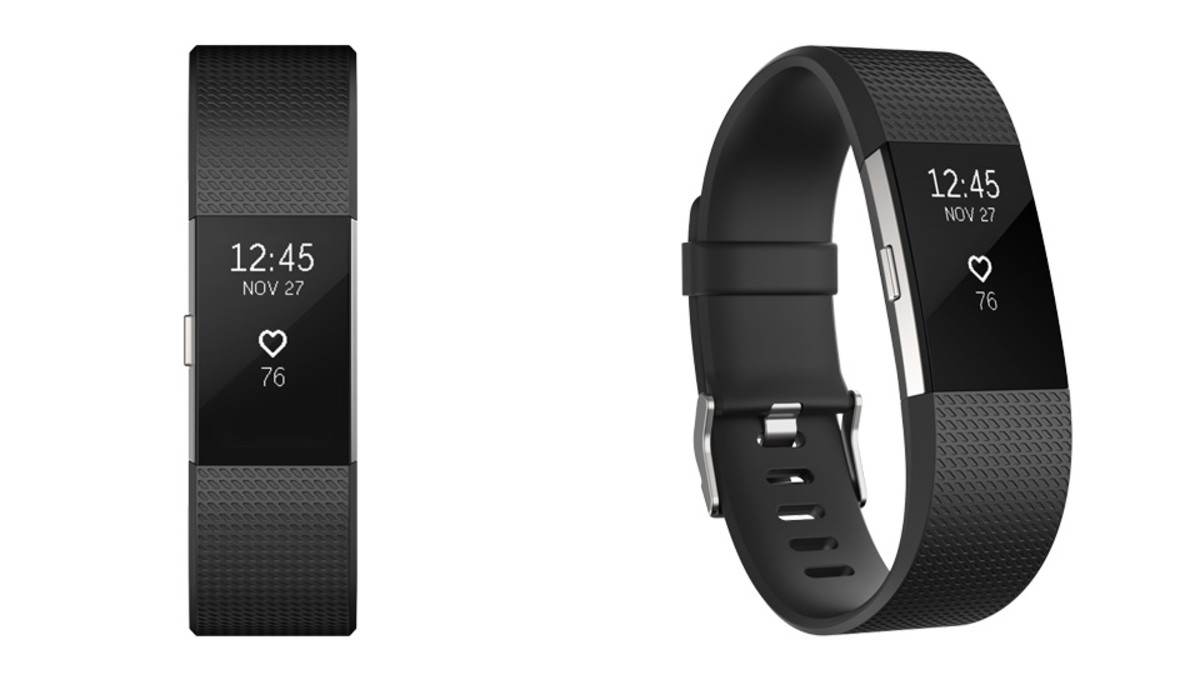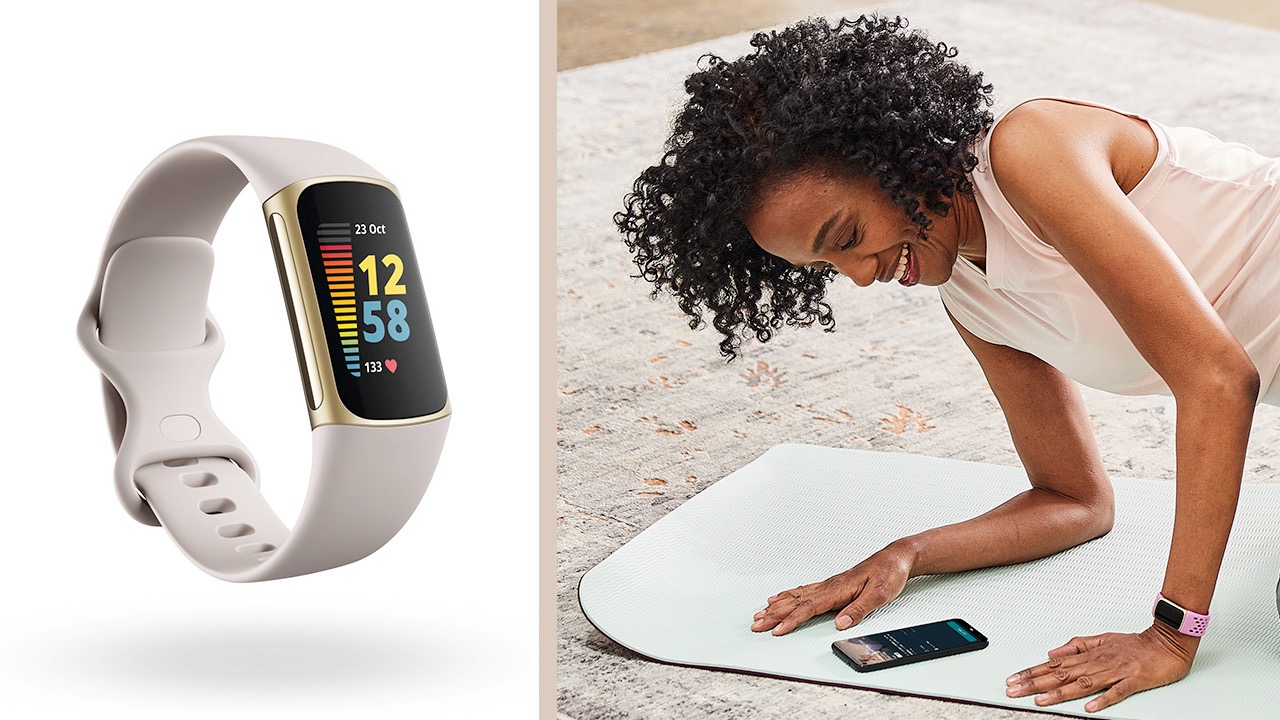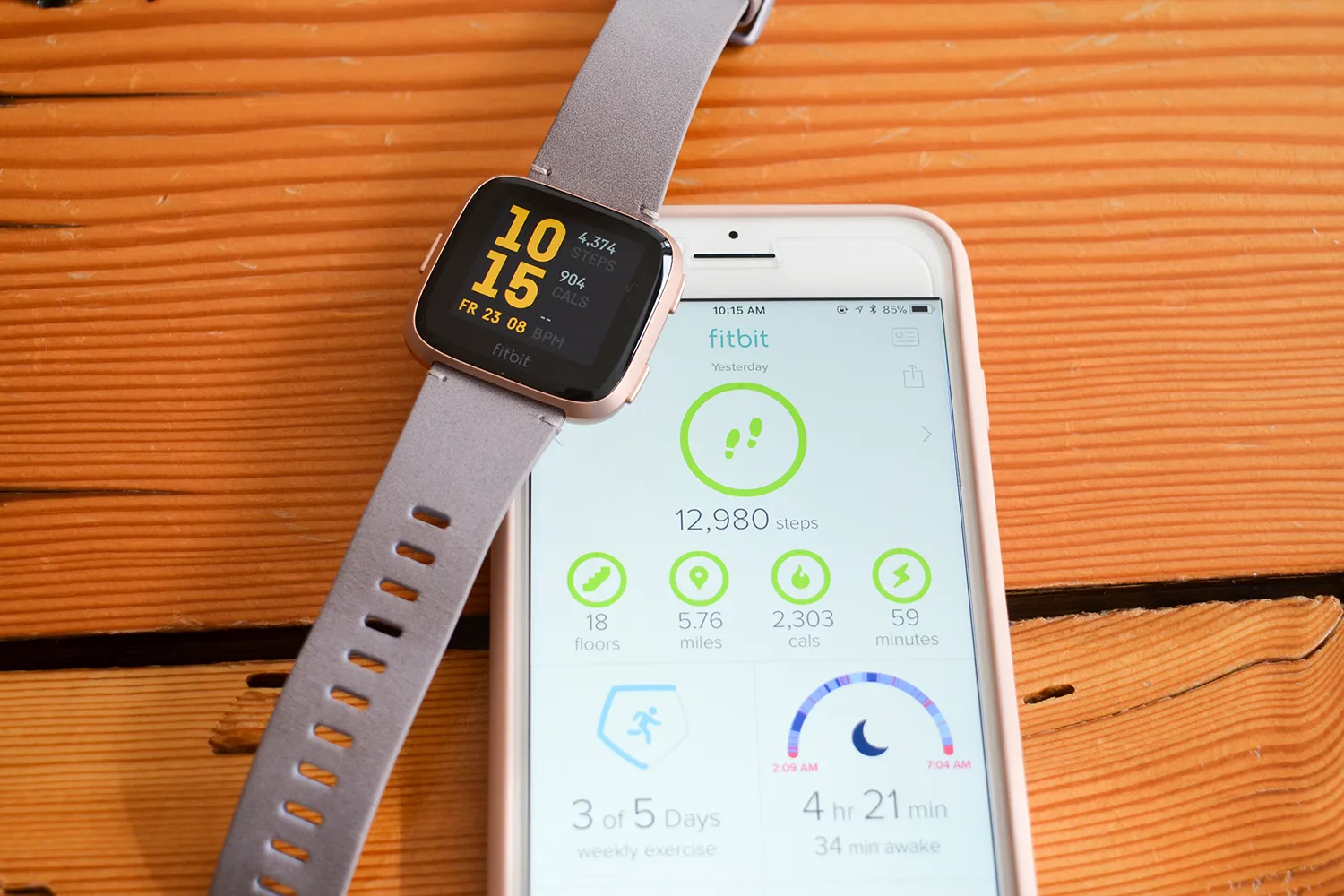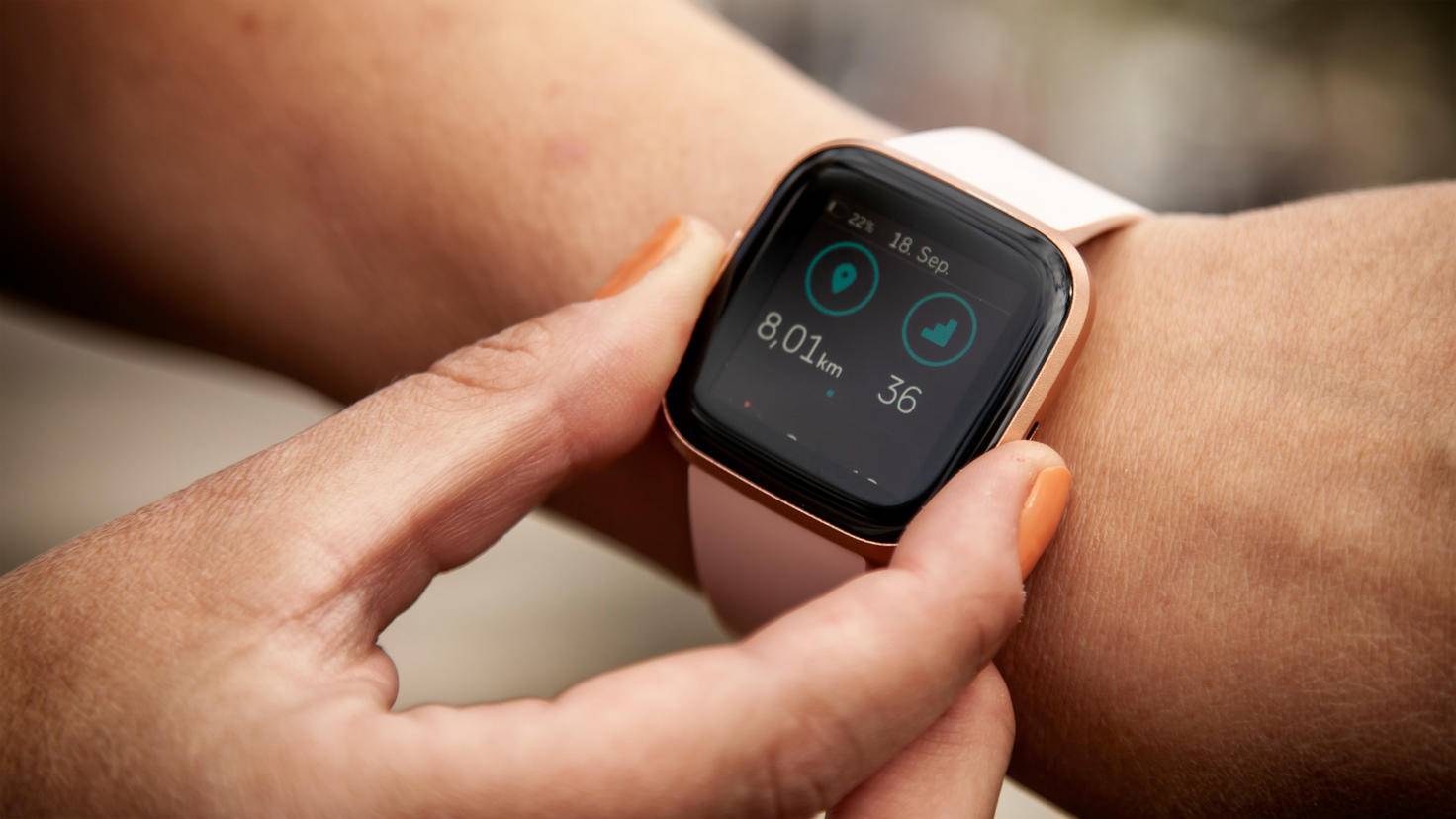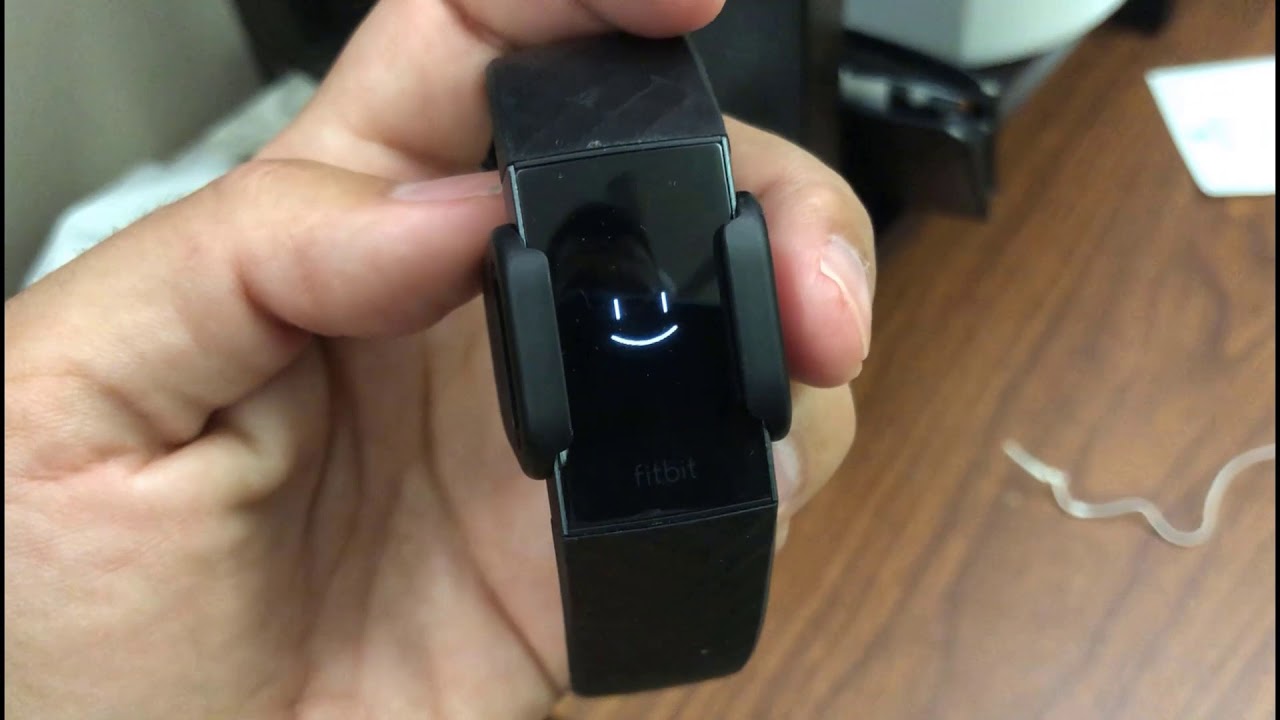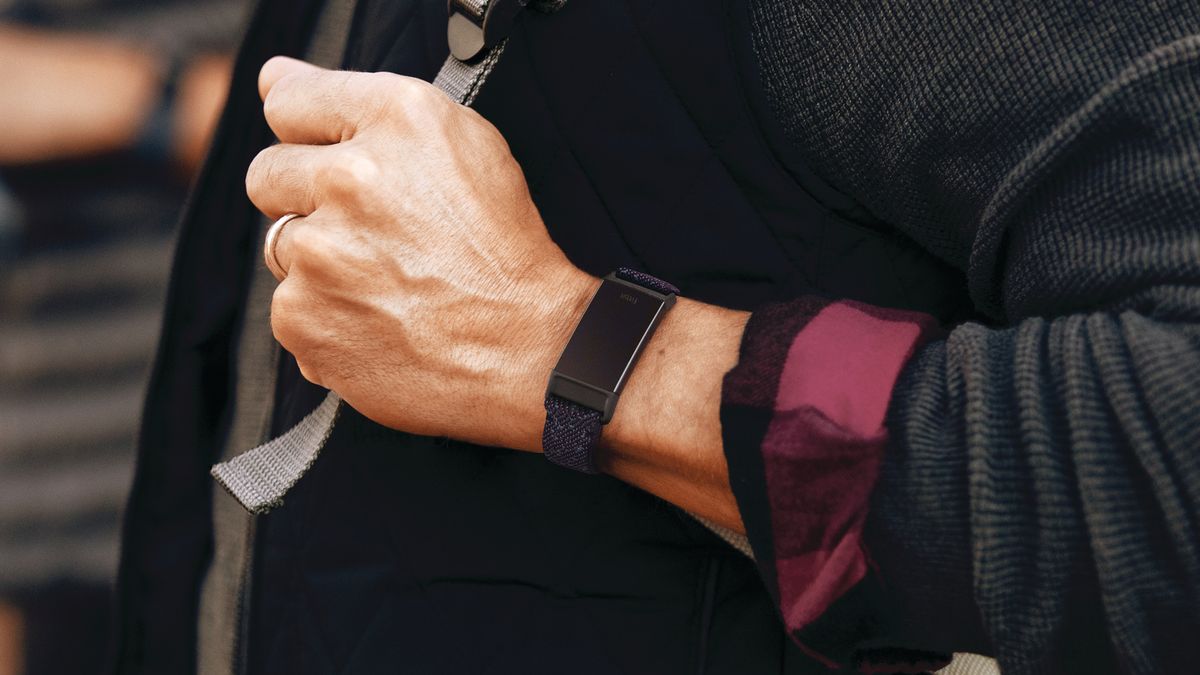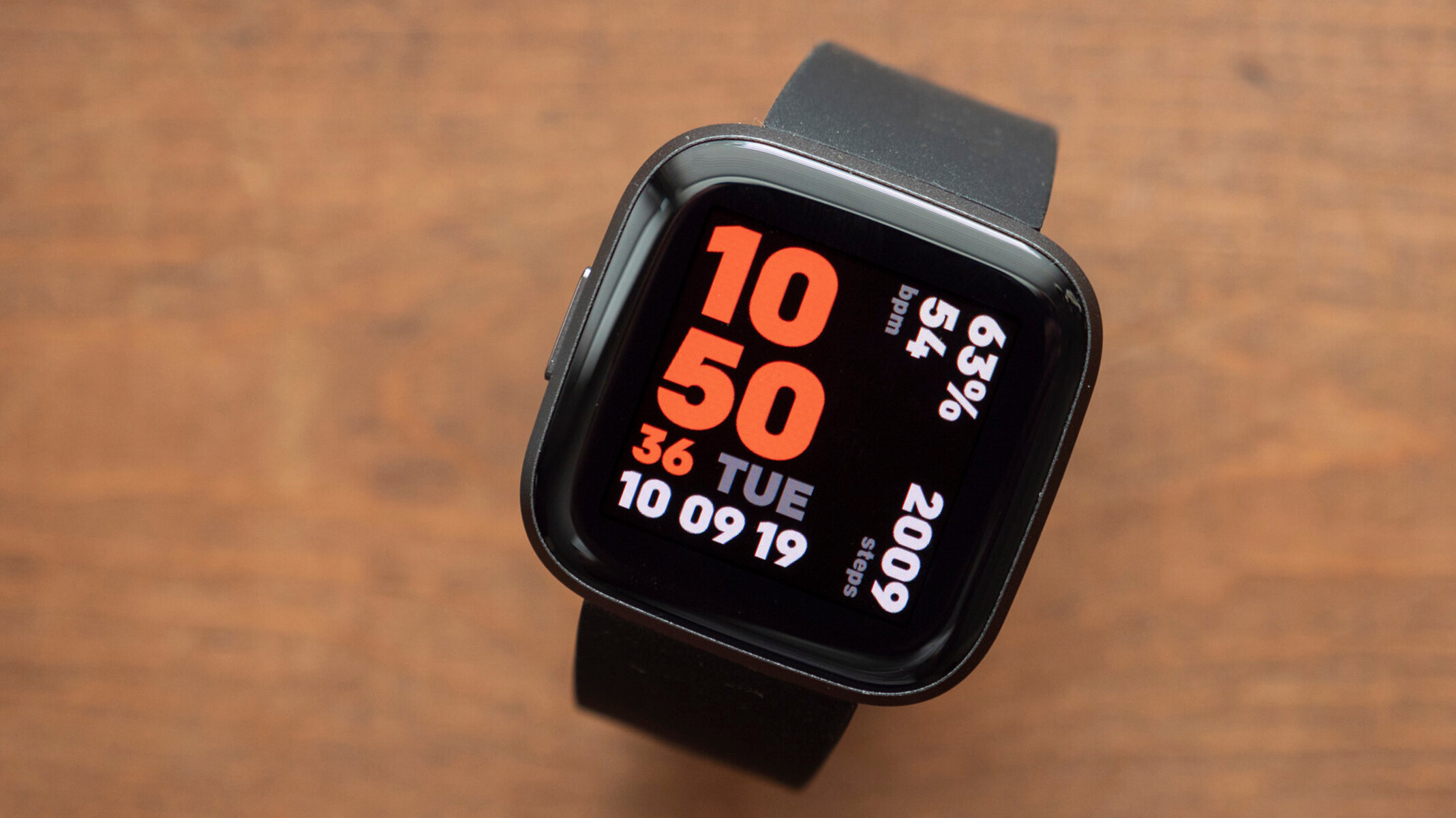Introduction
In today's fast-paced world, wearable technology has become an integral part of our daily lives. From tracking our fitness goals to monitoring our sleep patterns, wearable devices have revolutionized the way we approach health and wellness. Among these innovative gadgets, the Fitbit Charge 2 stands out as a popular choice for fitness enthusiasts and health-conscious individuals.
The Fitbit Charge 2 is not just a fitness tracker; it's a lifestyle companion that keeps us motivated and informed about our physical activities and overall well-being. However, like any electronic device, the Fitbit Charge 2 relies on a rechargeable battery to power its functionalities. Understanding how to effectively manage and optimize the battery life of this device is crucial for ensuring a seamless user experience.
In this comprehensive guide, we will delve into the nuances of the Fitbit Charge 2 battery, explore best practices for charging, and uncover the optimal charging times to maximize the device's performance. By the end of this article, you will gain valuable insights into prolonging the battery life of your Fitbit Charge 2 while harnessing its full potential to support your active lifestyle.
Let's embark on this enlightening journey to unlock the battery wisdom of the Fitbit Charge 2 and empower ourselves with the knowledge to make the most of this remarkable wearable technology.
Understanding Fitbit Charge 2 Battery
The Fitbit Charge 2 is equipped with a high-quality lithium-polymer battery that powers its robust features, including continuous heart rate tracking, activity monitoring, and smartphone notifications. This rechargeable battery is designed to provide long-lasting performance, ensuring that users can rely on their Fitbit Charge 2 throughout the day without frequent recharging.
The battery capacity of the Fitbit Charge 2 enables it to deliver up to five days of usage on a single charge, making it a dependable companion for individuals with active lifestyles. This extended battery life is a testament to the device's efficient power management, allowing users to focus on their fitness goals and daily activities without the interruption of frequent charging.
Furthermore, the Fitbit Charge 2 battery is optimized to support various tracking functionalities, such as continuous heart rate monitoring during workouts, sleep tracking throughout the night, and all-day activity tracking. This seamless integration of advanced features with long-lasting battery performance ensures that users can engage with their Fitbit Charge 2 without concerns about premature battery depletion.
Additionally, the Fitbit Charge 2 incorporates smart power-saving mechanisms to maximize battery efficiency. When not in active use, the device enters a low-power state, conserving energy and extending its operational duration. This intelligent power management system contributes to the overall longevity of the battery, aligning with Fitbit's commitment to delivering reliable and enduring wearable technology.
Understanding the intricacies of the Fitbit Charge 2 battery empowers users to make informed decisions regarding charging habits and usage patterns. By recognizing the impressive capacity and efficiency of the device's battery, individuals can optimize their interaction with the Fitbit Charge 2, ensuring that it remains an indispensable tool for tracking their fitness journey and promoting a healthy lifestyle.
In the next section, we will delve into best practices for charging the Fitbit Charge 2, shedding light on essential strategies to maintain the battery's performance and longevity.
Best Practices for Charging
When it comes to maximizing the battery life and performance of your Fitbit Charge 2, adopting best practices for charging is essential. By following these guidelines, you can ensure that your device remains consistently powered and ready to support your active lifestyle.
-
Regular Charging Routine: Establishing a regular charging routine for your Fitbit Charge 2 is crucial for maintaining its battery health. Consider incorporating charging sessions into your daily schedule, such as placing your device on charge while getting ready in the morning or during periods of low activity. This consistent approach helps prevent the battery from reaching critically low levels, optimizing its overall longevity.
-
Avoid Complete Discharge: Unlike older battery technologies, the lithium-polymer battery in the Fitbit Charge 2 does not require complete discharge before recharging. In fact, allowing the battery to fully deplete may lead to unnecessary strain on its cells. Instead, aim to recharge your device before it reaches a critically low battery level, preserving the battery's health and performance.
-
Use Official Charging Accessories: When charging your Fitbit Charge 2, it is advisable to utilize official charging accessories provided by Fitbit. These accessories are specifically designed to deliver the appropriate voltage and current to the device, ensuring safe and efficient charging. Avoid using third-party chargers or incompatible cables, as they can potentially compromise the battery's integrity and performance.
-
Optimal Charging Environment: Selecting an optimal charging environment for your Fitbit Charge 2 can contribute to efficient and safe charging. Choose a stable and well-ventilated surface to place your device during charging, avoiding exposure to extreme temperatures or moisture. This consideration helps maintain the battery's stability and safeguards it from potential environmental stressors.
-
Avoid Overcharging: While it may be convenient to leave your Fitbit Charge 2 plugged in for extended periods, overcharging can impact the battery's long-term performance. Once the device reaches full charge, disconnect it from the power source to prevent unnecessary strain on the battery cells. This practice helps preserve the battery's capacity and ensures consistent performance over time.
By incorporating these best practices into your charging routine, you can effectively prolong the battery life of your Fitbit Charge 2 while optimizing its overall performance. These simple yet impactful strategies empower you to maintain a reliable and enduring power supply for your device, allowing you to focus on your fitness journey with confidence and convenience.
Optimal Charging Times
Optimizing the charging times for your Fitbit Charge 2 is essential for ensuring a consistent power supply while maximizing the device's battery longevity. By strategically scheduling charging sessions, you can maintain the operational readiness of your Fitbit Charge 2 without overburdening its battery. Understanding the ideal charging intervals and durations empowers you to seamlessly integrate charging into your routine, ensuring that your device remains ready to support your active lifestyle.
Regular Intervals:
It is advisable to incorporate regular charging intervals into your daily routine to prevent the battery from reaching critically low levels. Aim to recharge your Fitbit Charge 2 every 2-3 days, depending on your usage patterns. By adhering to a consistent charging schedule, you can avoid sudden battery depletion and ensure that your device remains powered throughout your fitness activities and daily engagements.
Overnight Charging:
Charging your Fitbit Charge 2 overnight can be a convenient approach to ensure that it is fully charged and ready for the day ahead. Placing your device on charge before going to bed allows it to replenish its battery while you rest, enabling you to start each day with a fully charged device. However, it is important to disconnect the device from the power source once it reaches full charge to prevent overcharging.
Opportunistic Charging:
Incorporating opportunistic charging moments into your day can effectively maintain the battery level of your Fitbit Charge 2. For instance, consider placing your device on charge while you engage in sedentary activities or during periods of low physical exertion. These brief charging sessions can top up the battery and ensure that your device remains operational without experiencing prolonged periods of discharge.
Avoiding Emergency Charging:
While the Fitbit Charge 2 offers an impressive battery life, it is essential to avoid emergency charging scenarios where the device's battery level becomes critically low. Emergency charging, especially when the battery is close to depletion, can impact the long-term health of the battery. By proactively managing the charging intervals, you can steer clear of emergency charging situations and maintain the battery's optimal performance.
By embracing these optimal charging times and integrating them into your daily routine, you can uphold the battery health and performance of your Fitbit Charge 2. These strategic charging practices ensure that your device remains consistently powered, allowing you to focus on your fitness endeavors without interruptions due to battery-related concerns.
Conclusion
In conclusion, the Fitbit Charge 2 embodies a harmonious fusion of advanced fitness tracking capabilities and enduring battery performance. By gaining a profound understanding of the device's battery intricacies and embracing best practices for charging, users can elevate their experience with this exceptional wearable technology.
The insights shared in this guide shed light on the optimal charging times and strategies to maintain the battery health of the Fitbit Charge 2. By adhering to a regular charging routine, avoiding complete discharge, utilizing official charging accessories, selecting an optimal charging environment, and preventing overcharging, users can effectively prolong the battery life of their device. These best practices empower individuals to seamlessly integrate charging into their daily lives, ensuring that the Fitbit Charge 2 remains a reliable companion throughout their fitness journey.
Furthermore, the recommended charging intervals, including regular intervals, overnight charging, and opportunistic charging, offer practical approaches to sustain the device's power supply without encountering emergency charging scenarios. By proactively managing the charging habits, users can optimize the battery longevity of their Fitbit Charge 2, fostering a seamless and uninterrupted engagement with its diverse features.
As users harness the battery wisdom encapsulated in this guide, they are poised to unlock the full potential of their Fitbit Charge 2, leveraging its extended battery life to support their active lifestyles. The device's lithium-polymer battery, coupled with intelligent power-saving mechanisms, exemplifies Fitbit's commitment to delivering enduring and dependable wearable technology.
Ultimately, by embracing the knowledge and strategies presented in this guide, users can embark on their fitness journeys with confidence, knowing that their Fitbit Charge 2 is equipped with a robust and resilient battery that aligns with their dynamic lifestyles. With a harmonious balance of advanced functionalities and enduring battery performance, the Fitbit Charge 2 stands as a testament to the seamless integration of technology and wellness, empowering individuals to pursue their fitness goals with unwavering support.
In essence, the battery wisdom encapsulated in this guide serves as a beacon, guiding users toward a holistic and empowered interaction with their Fitbit Charge 2. By optimizing the charging times and implementing best practices, individuals can embrace a lifestyle enriched by the seamless fusion of cutting-edge wearable technology and enduring battery performance.







